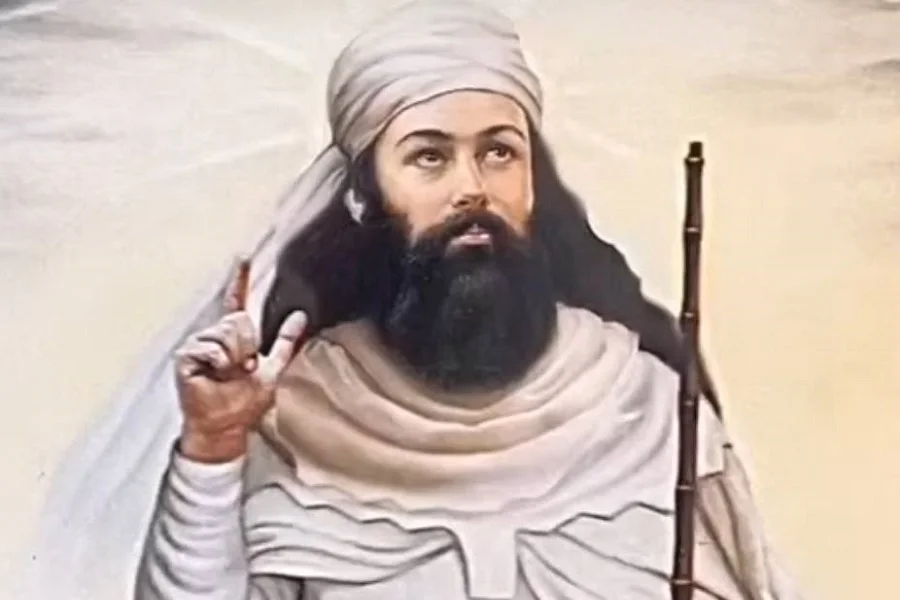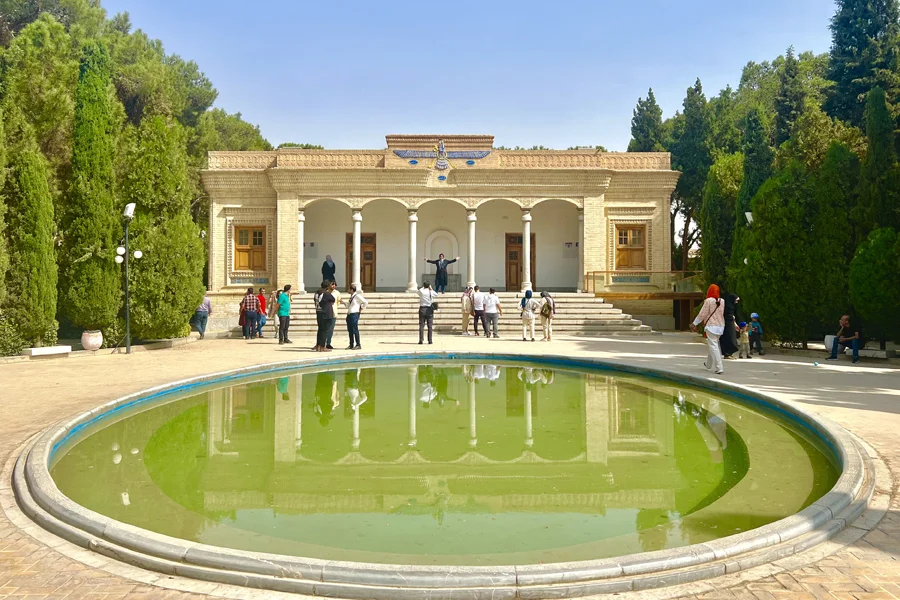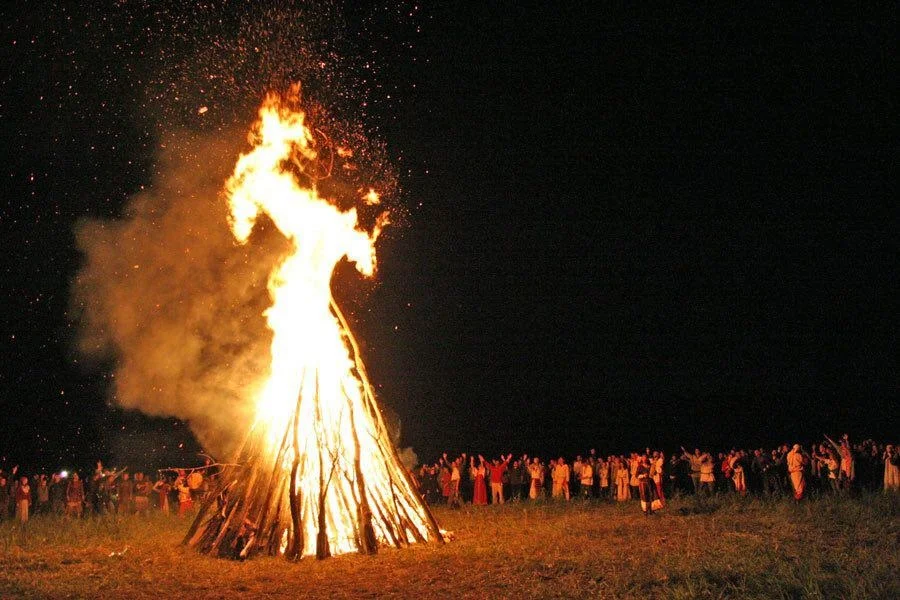
Prophet Zoroaster & Zoroastrianism in Iran
Zoroastrianism, one of the world’s oldest living religions, has inspired people for thousands of years with its timeless teachings. In Iran, this ancient faith comes alive through unique sites; ancient fire temples, sacred towers, and historic villages, that offer a rare and fascinating window into Persia’s spiritual heritage.
Zoroastrianism, or Mazdeism, is an ancient Persian religion that began in Central Asia around 3,500 years ago. As the world’s first monotheistic faith and one of the oldest organized religions, it has influenced many later traditions, including Judaism, Christianity, and Islam.
Zoroastrianism is based on the teachings of the prophet Zarathustra, or Zoroaster. Initially passed down orally, these teachings were eventually written down in the sacred texts known as the Avesta. Written in Avestan, a language related to ancient Persian and Sanskrit, the Avesta includes the Gathas, some of the oldest and most beautifully poetic texts that continue to inspire today.
The exact time and place of Zarathustra’s life remain uncertain, and scholars have different theories. Some believe he lived as early as the second millennium BCE, based on linguistic and cultural evidence, while others place him in the 7th or 6th century BCE, around the era of Cyrus and Darius the Great.
The Teachings of Zarathustra
Before Zoroastrianism appeared in Persia, the region’s religions were largely polytheistic. People worshipped many gods and goddesses, each representing different aspects of life, such as war or cattle herding; natural forces like storms and fire, and celestial bodies like the sun, moon, and stars.
Zarathustra, a priest in ancient Persia, grew troubled by certain religious practices, such as the ritual slaughter of cattle, and by the unethical behavior attributed to the gods. After facing ten years of harassment and persecution for his critical views, he received a revelation that laid the foundation for his new religion.
Zarathustra taught that Ahura Mazda was the one true supreme God, dismissing all other deities as false. This belief in a single, invisible God became a central pillar of the Zoroastrian faith.

What Do Zoroastrians Believe?
At the core of Zoroastrianism is the struggle between good and evil, as revealed to Zarathustra. Zoroastrians believe that Ahura Mazda created the world as a stage for these opposing forces, with the ultimate goal of good triumphing over evil. Good is represented by Ahura Mazda, while evil takes the form of Ahriman (or Angra Mainyu), who leads a host of demons and destructive forces.
This duality emphasizes that the purpose of life is to choose between good and evil. Humans play a key role in this cosmic struggle, as they possess both spiritual and material qualities and are essential to maintaining the balance between these forces.
Sacred Practices of Zoroastrianism
Zoroastrian beliefs are accompanied by traditions that have lasted for centuries. One key practice is wearing the kusti, a ritual cord wrapped three times around the waist over a white shirt. This girdle symbolizes a commitment to living with good thoughts, words, and deeds, and is carefully knotted at the front and back as a reminder of this sacred duty.
Young Zoroastrians begin wearing the kusti as a rite of passage in their teenage years and continue to wear it throughout their lives. Throughout the year, they also celebrate seven communal feasts called gahambars, which honor the creations of Ahura Mazda and strengthen unity and harmony within the community.
Zoroastrians follow strict rules to preserve cleanliness and ritual purity, honoring the creations of Ahura Mazda—water, earth, and fire—by avoiding their pollution. Daily worship typically includes five prayers, while priests also care for sacred fires in temples, which symbolize both light and the presence of Ahura Mazda.
Zoroastrians believe that everyone has the freedom to choose between the path of righteousness and the path of deceit. Those who follow the path of goodness will be rewarded in the afterlife with eternal paradise, after Ahriman is defeated and the savior, Saoshyant, appears at the end of time.
Exploring Zoroastrian Sacred Sites in Iran
Yazd Fire Temple
In Yazd, you can visit the Fire Temple, or Yazd Atash Behram, a sacred site where a fire has been kept burning continuously for 1,500 years. Fire Temples (Atashkadeh) are central to Zoroastrian worship, with the eternal flame representing the power of Ahura Mazda. Although the current temple was built in 1934, this fire is the longest-burning in Iran and one of the nine most important fires for Zoroastrians, with the others located in India.

Yazd Tower of Silence
Another important Zoroastrian site in Yazd is the Towers of Silence, located just outside the city. These tall towers were used for traditional burial rituals, where the deceased were placed in the open center to be exposed to vultures and the elements, allowing natural decomposition. This practice reflected the belief in keeping the sacred earth free from contamination.
Chak Chak Mountain Shrine
Near Yazd and Ardakan lies the Chak Chak shrine, set within a semi-natural cave on the mountainside, where a gentle stream flows inside. According to legend, in 640 CE, the mountain miraculously sheltered the daughter of a Sassanid king, who prayed to Ahura Mazda for protection from invaders. Since then, Chak Chak has become a major pilgrimage site for Zoroastrians.
Persepolis
Visiting Persepolis near Shiraz offers a unique glimpse into Zoroastrianism. The ancient city was built mainly to host royal ceremonies for Nowruz, and many of its inscriptions and reliefs reflect Zoroastrian beliefs and honor Ahura Mazda.
Takhte Soleyman
Zoroastrianism has influenced many regions of Iran. One notable site is Takhte Suleiman in West Azerbaijan, a UNESCO World Heritage site. This ancient fortified citadel was an important Zoroastrian sanctuary during the Sassanid era and includes a Fire Temple as well as a sacred temple dedicated to Anahita, the goddess of water.

Festival of Sadeh
Sadeh is an ancient Iranian festival dating back to the Achaemenid Empire, the first Persian Empire. Celebrated 50 days before Nowruz, its name—meaning “hundred” in Persian—marks the hundred days and nights remaining until spring.
By the time of Cyrus the Great and Darius the Great, Zoroastrianism had become the state religion of the Achaemenid Empire (550–330 BCE) and continued to hold this role under the Parthian (247 BCE–224 CE) and Sassanian (224–651 CE) empires.
After the Arab conquest of Persia in 651 CE and the fall of the Sassanian Empire, Zoroastrianism lost its status as the state religion. Many followers fled, with most settling in the Indian subcontinent. Today, there are around 100,000–200,000 Zoroastrians worldwide, including a small community of 20,000–30,000 in Iran.

